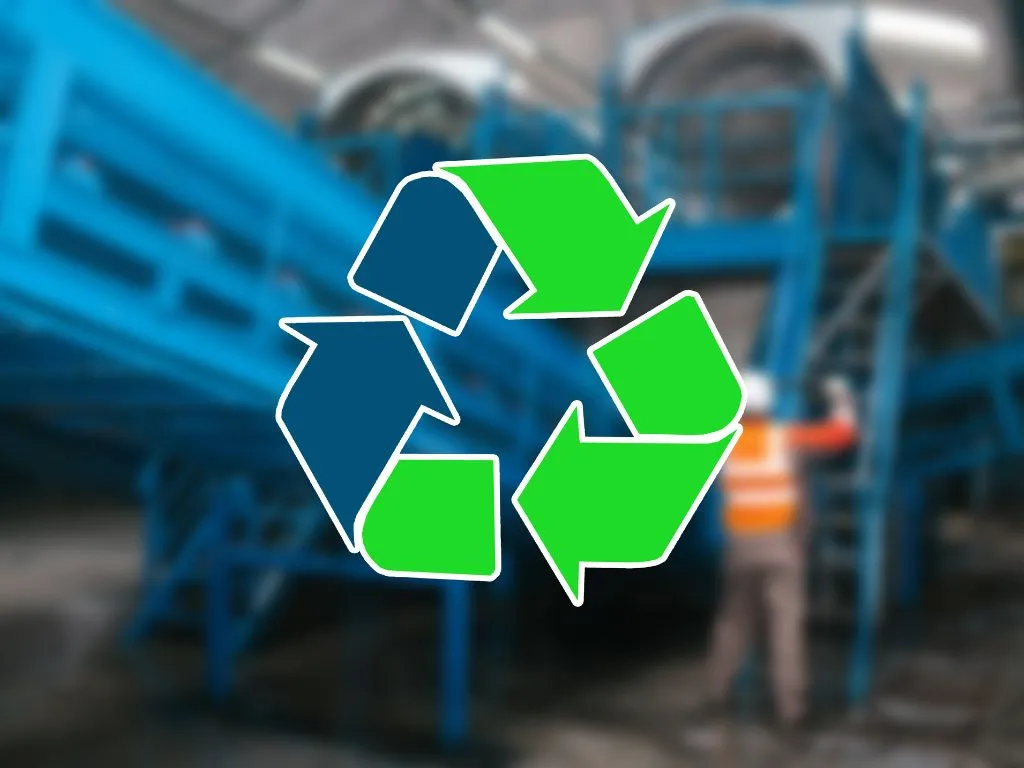News Details

European Parliament and Council reach agreement on limits for POPs in waste
On June 22, 2022, the European Parliament and Council reached an agreement on a proposal by the European Commission to review Annexes IV and V of Regulation (EU) 2019/1021, on persistent organic pollutants (POPs). The allowable limits were discussed and lowered which means tightened global limits for six substance groups and one for the newly listed substance perfluorohexane sulfonic acid (PFHxS).
The presence of POPs in waste is a barrier to the development of a circular economy – one of the major objectives of the European Green Deal – and the Commission’s proposal sought to introduce limits for new POPs and to tighten acceptable maximums for several POPs that are already in the regulation.
The agreement sets threshold levels of the following limits according to a June 21 Council of Ministers' press release:
- 200mg/kg for polybrominated diphenyl ethers (PBDEs). The new limit will apply five years after the entry into force of the legislation. Until then, the limit is set at 500mg/kg, which will be lowered to 350mg/kg after three years. The current limit is 1,000mg/kg.
- 1mg/kg for perfluorooctanoic acid (PFOA) and its salts, and 40mg/kg for PFOA-related compounds.
- 5 microgram (μg) toxic equivalency quotient/kilogram (TEQ/kg) for polychlorinated dibenzo-p-dioxins and dibenzofurans (PCDD/Fs), with some transitional measures, where the current limit for PCDD/Fs is 15μg/kg.
- 1mg/kg for PFHxS and its salts and 40mg/kg for PFHxS-related compounds - after the entry into force, these values will be reviewed five years; furthermore, though this substance was not initially included in the Commission’s proposal, it was supplemented during the trialogue procedure, following its listing in the Stockholm Convention on June 9.
- 500mg/kg for hexabromocyclododecane (HBCDD), which will be lowered to 200mg/kg five years after entry into force of the regulation.
- 500mg/kg for polybrominated diphenyl ethers (PBDEs), which will be lowered to 350mg/kg three years after entry into force of the regulation, with another reduction to 200mg/kg after five years, and
- 1,500mg/kg for short-chain chlorinated paraffins (SCCPs), with a review clause five years after the entry into force.
In May, Parliament voted for stricter limits to accelerate the transition towards a circular economy. It also proposed that the Commission would consider amendments to EU waste legislation clarifying that waste containing POPs above their allowed concentration limits is hazardous waste.
Legislation proposals need the agreement of both Parliament and Council to become law. After having held negotiations, both institutions have reached an informal agreement. It includes some new POPs in the regulation (including some not initially proposed by the Commission) and updates the concentration limits for others. The agreed text is a compromise between the high ambition of Parliament and the demands for higher limits and slower timelines put forward by the Council.
Additionally, the amendments will require the Commission to assess the convenience of amending waste law in line with Parliament’s proposal.
While an informal agreement has been reached, this will not yet become law. Both the Parliament and the Council will now launch formal proceedings to adopt the agreed text, which will enter into force once both institutions have endorsed it. A final vote is scheduled in the European Parliament this autumn to decide on the provisional agreement.
We acknowledge that the above information has been compiled from Europa.


